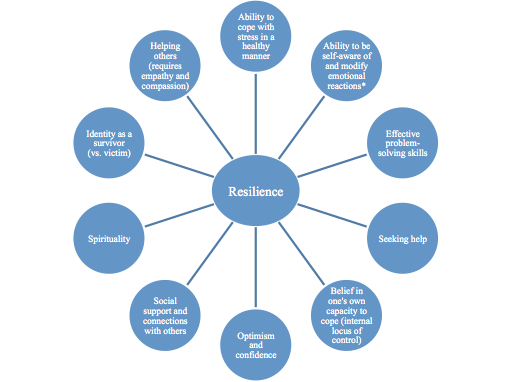RESEARCH: The Human Dimensions of Resilience
 “Resilience” is a big buzzword these days, increasingly invoked in relation to violent conflict, natural and manmade disasters or climate change. The concept can be vague, but a new white paper by Teri Sivilli, manager of our Contemplative-Based Resilience Training (CBRT) program and Tad Pace of Emory University articulates a clear, evidence-based theory of resilience. Reviewing evidence from psychology, biology and neuroscience, it finds resilient communities or systems are made up of resilient people, that the traits of resilient individuals can be learned and taught, and that contemplative practices like meditation and yoga are effective training platforms.
“Resilience” is a big buzzword these days, increasingly invoked in relation to violent conflict, natural and manmade disasters or climate change. The concept can be vague, but a new white paper by Teri Sivilli, manager of our Contemplative-Based Resilience Training (CBRT) program and Tad Pace of Emory University articulates a clear, evidence-based theory of resilience. Reviewing evidence from psychology, biology and neuroscience, it finds resilient communities or systems are made up of resilient people, that the traits of resilient individuals can be learned and taught, and that contemplative practices like meditation and yoga are effective training platforms.
Here’s an excerpt:
Both risk and the perception of risk have increased over the past 50 years along with the complexity of society. Disruptions such as extreme weather events and economic dislocation are increasing in frequency, creating a need for responsive interventions.1 In many different contexts—such as poverty, war, abuse and trauma—we can observe that some people collapse and fail while others manage to succeed and thrive. Humans are capable of responding to a wide variety of physical and psychological threats, but individuals considered to possess resilience have a greater capacity to endure and even thrive in response to challenging circumstances.
Fantastic to see this research. Please place on mailing list for more topics related to compassion, resilience, empathy, etc. Many thanks!